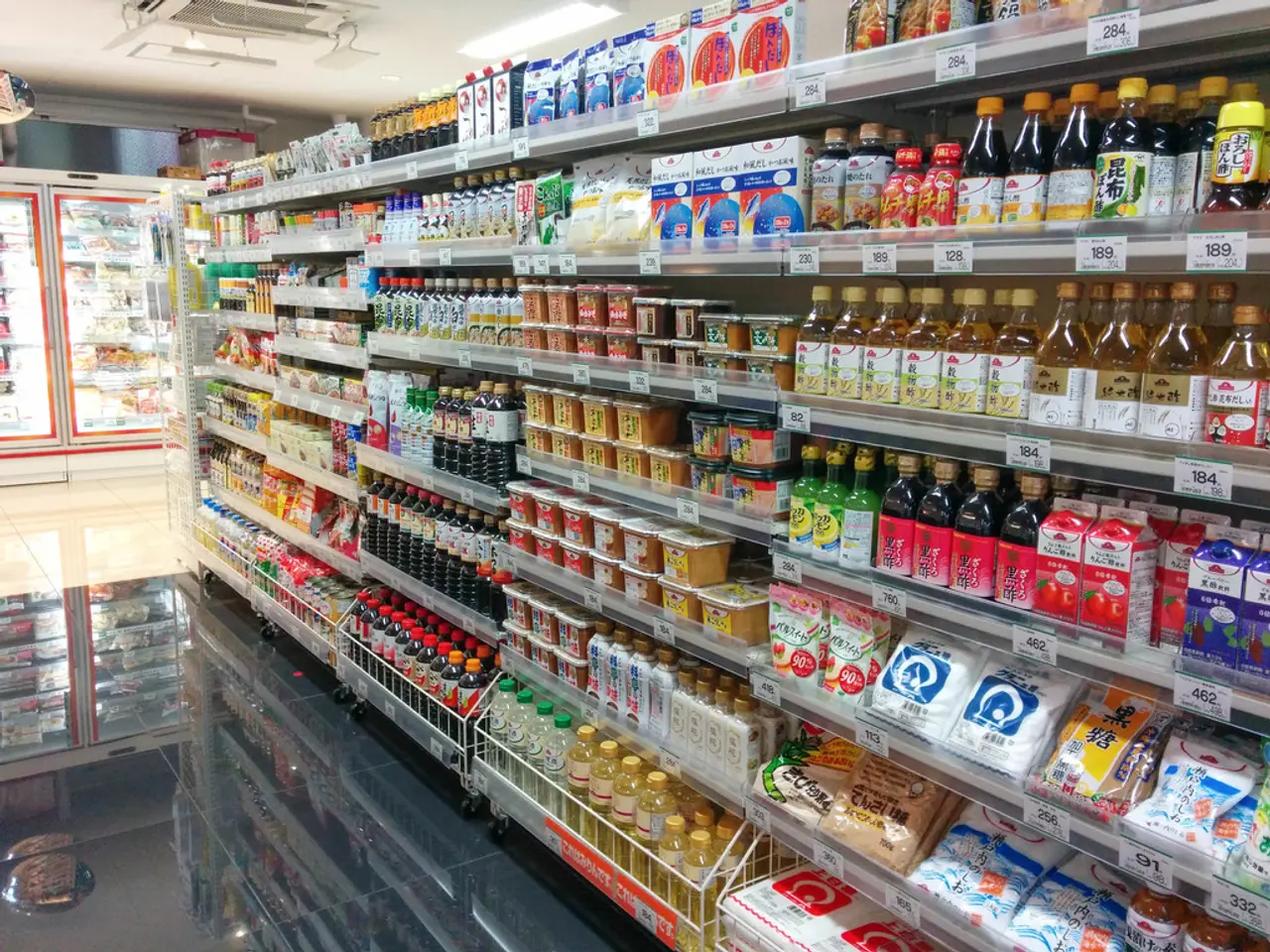Hurrying Up for a Zoll Deal: Merz and Macron Pressure Trump for Speedy U.S.-EU Agreement
Leaders Merz and Macron urge swift customs agreement with Trump
Time is ticking in the U.S.-EU trade standoff, with just under two weeks until President Trump's deadline. A new proposal is on the table in Brussels, under review. German Chancellor Merz and French President Macron are advocating for a quick, streamlined conclusion. EU Commission President von der Leyen said the EU is open to an agreement but is also readying for the possibility of no satisfactory deal.
Political heads have encouraged and implored Von der Leyen to reach a quick agreement with the Americans in the remaining time. At the summit, Merz stated, "We need a quick understanding with the Americans, in the less than two weeks remaining." Macron echoed his sentiments, calling for "a quick resolution of the agreement... not at any cost."
Initially, Merz had criticized the Commission's negotiating tactics as "too complicated."However, he recently softened his stance, focusing on the need for a basic agreement, specifically for the automotive industry, chemical and pharmaceutical companies, and steel and aluminum exports.
"I haven't attacked the Commission," Merz clarified. "I just made it clear that in the remaining time, we can't agree on a detailed trade agreement." The Swiss cheese model, a popular metaphor, is circulating in discussions, symbolizing the possibility of continued U.S. tariffs on certain sectors while exemptions are made for crucial industries such as automotive and steel.
Von der Leyen updated heads of state and government on the current state of negotiations. "We have received the latest US document for further negotiations. We are currently evaluating it," she shared with journalists. The EU has been preparing counter-tariffs, including a list of tariffs on items like jeans, aluminum products, and motorcycles. The total value of potential US products affected by these tariffs is estimated to be around 100 billion euros.
Tariffs* Donald Trump* Friedrich Merz* Emmanuel Macron* Ursula von der Leyen
Behind the Scenes
The Swiss cheese model is a term coined to describe the hypothetical deal structure that may emerge from ongoing U.S.-EU trade negotiations. In reality, there exists no official trade framework known as the Swiss Cheese model. Instead, negotiations are centered on broader U.S.-EU trade relations, tariff adjustments, and sector-specific impacts.
- Ongoing Negotiations: Both the EU and US are engaged in active discussions about a significant trade deal potentially worth €50 billion, aiming to rebalance trade through increased European purchases of US LNG and agricultural products[3].
- Swiss Context: Switzerland, while not an EU member, is separately negotiating a bilateral trade agreement with the US, with no deal finalized as of May 2025[2].
- Trade Tensions and Diversification: Both the EU and Switzerland confront uncertainty due to US tariff policies. Swiss cheese producers, for example, face challenges with US import hesitancy and are seeking market diversification[1].
Potential Impacts
- Swiss Cheese Exports: If a deal follows the Swiss cheese model, US tariffs may remain in place for some sectors while excluding others, such as automotive and steel. This could result in price hikes for consumers[2].
- Swiss Watch Industry: Tariff threats and fluctuating rates have led to consumer hesitancy and price increases in the US market. Brands have had to adjust pricing and strategies in response[2].
- Broader EU-US Trade: In the event of an agreement along the lines of the Swiss cheese model, other Asian exporters may redirect goods to the EU, raising concerns about trade diversion. The EU has implemented a surveillance system to monitor for sudden increases in Chinese imports related to redirected trade[4].
Key Takeaways
- No Formal "Swiss Cheese Model": The current U.S.-EU and Swiss-U.S. negotiations do not operate under a "Swiss Cheese model," but exporters in both regions are strategizing to mitigate the risks posed by US tariffs[1][2].
- Uncertainty and Diversification: Swiss and EU exporters are diversifying markets and hedging against potential losses due to US tariffs[1][3].
- Bilateral Talks Continue: Negotiations between the US and both the EU and Switzerland are ongoing, with Switzerland actively seeking a new bilateral agreement[2].
- Global Ripple Effects: If the Swiss cheese model takes shape, U.S. tariffs could lead to wider implications, including trade diversion to the EU and increased surveillance to protect domestic markets[4].
The Commission, in light of ongoing negotiations between the EU and US, is contemplating enhancing the number of EU-funded projects in the field of education and training, as a means to stimulate growth in crucial industries such as automotive and steel, in the event of a potential 'Swiss cheese' style deal. In the broader political and economic landscape, the urgency to finalize a trade agreement is a pressing concern for political heads like Merz and Macron, who have urged Von der Leyen for swift action, stressing that the deal should not be at any cost, but financed responsibly, taking into account the general-news situation and global implications.




